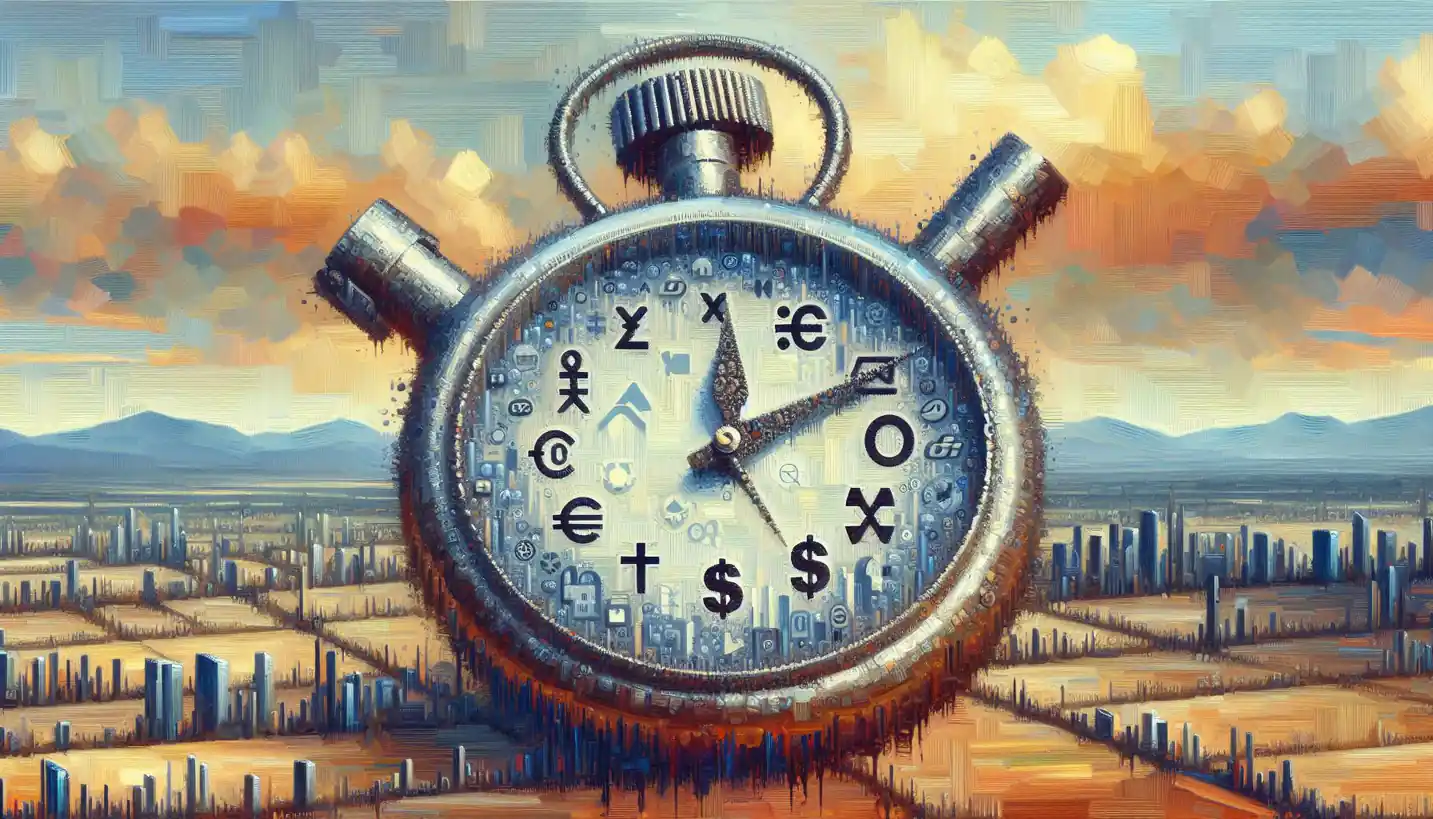· Economics · 5 min read
Current Account: A Down-to-Earth Guide to International Economics
Discover how the current account impacts your daily life and the global economy in simple terms. Learn why it's vital in international trade.

Once you start exploring the fascinating world of international economics, you’ll quickly stumble upon something known as the “current account.” This mysterious term might sound like a highbrow banker’s secret code, but it’s an essential part of how countries interact with each other in the global economy. Let’s break it down.
What is the Current Account?
The current account is like a scoreboard that shows a country’s financial transactions with the rest of the world. Think of it as your country’s “checkbook” balance with others. It’s part of the broader balance of payments, which records all financial exchanges between countries.
Put simply, the current account measures the flow of goods, services, income, and transfers in and out of a country. If you imagine a country’s economy as a big, bustling cafe, the current account records all the coffee beans imported, the drinks sold, and even the tips exchanged with tourists.
Components of the Current Account
The current account has three main components:
Goods and Services: This is like the main menu of our cafe. It includes all the tangible products and services a country trades with others. If a country exports more than it imports, it’s like the cafe selling more lattes than it buys coffee beans—it’s in a surplus. If it imports more, it’s like being in a deficit, where costs outweigh sales.
Primary Income: Imagine this as the cafe owner collecting dividends from owning shares in another business or paying interest on loans. It records earnings on investments abroad and payments made to foreign investors.
Secondary Income (Transfers): Think of this as tips given or received, but on a grand scale. It involves transactions like foreign aid, remittances from family members working abroad, and other cash flows that aren’t for goods or services.
Why Does the Current Account Matter?
Understanding the current account is crucial because it reflects a country’s economic health and stability. A surplus might indicate that a country is exporting more and attracting income, showcasing economic strength. However, it may not always be as rosy as it appears, as it can also suggest insufficient domestic investment.
On the flip side, a deficit might indicate more imports, which could mean heavy consumption and investment in foreign goods and services. Though it may signal growing consumer confidence and investment, it could also point toward excessive borrowing and reliance on foreign capital.
Real-Life Example: The United States
The United States often runs a current account deficit, meaning it imports more than it exports. This situation isn’t necessarily a red flag. Instead, it shows that Americans have strong purchasing power and access to diverse global markets. The U.S. attracts foreign investments, which helps balance the books.
However, prolonged deficits can lead to mounting debt, requiring careful monitoring to ensure sustainable growth. It’s like a cafe that continually buys more supplies than it sells; eventually, it might struggle with cash flow if not managed wisely.
What Influences the Current Account?
Several factors affect a country’s current account balance:
Exchange Rates: If a country’s currency is strong, its exports become expensive for others, which might reduce their purchase, thus affecting the current account.
Economic Growth: Fast-growing economies often import more, leading to deficits, while slower-growing ones might find themselves with a surplus due to lower import demand.
Interest Rates: High interest rates can attract foreign investments but might also lead to increased debt when financing through foreign capital.
Trade Policies: Tariffs, quotas, and trade agreements can significantly impact the flow of goods and services.
Potential Implications of Current Account Imbalances
Current account imbalances can have numerous effects on the global economy:
Investment Flows: Countries with deficits may experience increased foreign investment, which can be beneficial if used wisely. However, it can also indicate dependency on external financing.
Currency Valuation: Surpluses might lead to currency appreciation, making exports less competitive, while deficits might result in depreciation, affecting imports and inflation.
Economic Policy: Policymakers must carefully manage these balances to avoid too much reliance on foreign debt or excessive constraints on domestic growth.
The Future of the Current Account
Looking forward, how countries manage their current accounts will have a massive impact on global economic dynamics. Think of it like a game of chess; every move matters, and the global players are constantly adjusting strategies based on shifting economic conditions.
Technological advances, such as digital currencies and blockchain, may also revolutionize future trade, while geopolitical factors will always play a crucial role. The challenge for countries is to strike the right balance between maintaining economic growth and ensuring stability through responsible fiscal policies.
Conclusion
The current account is more than just dry numbers and economic jargon. It’s a vibrant reflection of how countries engage with each other, swapping goods, services, and fortunes in a constantly evolving global marketplace. Whether running a surplus or a deficit, what’s important is how wisely a nation navigates its standing, ensuring that it serves the prosperity and wellbeing of its people. As you delve deeper into international economics, keep an eye on this vital indicator—it’s the pulse of a nation’s economic interactions with the world.



